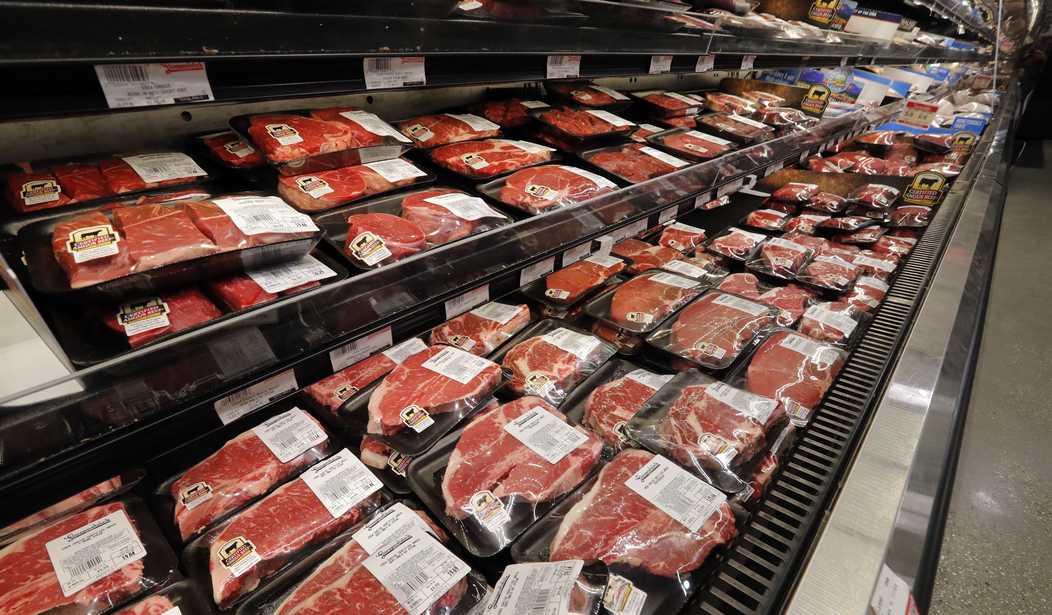Perhaps the most misleading government statistic of all is the Consumer Price Index. The CPI is an incredibly important statistic because so many government programs that benefit American citizens are tied to that number.
It's usually cited as the inflation rate, but it's not really. The CPI is the rate of increase in a subjective "market basket" of goods and services. The things that concern you and me the most as far as price increases have very little to do with the CPI. The CPI doesn't track food or gas prices at the pump, so the CPI that we see every month doesn't tell us anything useful.
Right now, the CPI stands at 3.1%. That's down from a high of 9.1% in June 2022. But even that doesn't tell us the whole inflation story because along with skyrocketing food and gas prices, real wages failed to keep pace with the price increases.
The Bureau of Labor Statistics released jobs numbers this morning that show non-farm wages increased 4.1 percent in the past year, which is above the inflation rate of 3.1 percent. The problem is that inflation-adjusted real hourly wages — those of the average blue-collar or middle-class person — are down 4.7 percent today from when Mr. Biden took office. That’s a weekly earnings decline in real wages to $381 in November 2023 from $399 in January 2021, according to the Bureau of Labor Statistics.
“The reason Biden polls so badly is that there’s a decline in wages and an increase in prices,” former Trump economic advisor Larry Kudlow told the Sun. This is what he calls the “affordability crisis.”
Do you remember how high the price of eggs was at the beginning of 2023? In some places. eggs were $5 a dozen. Milk was averaging $4 a gallon. With wages stagnant, this means that Americans have been losing ground in the battle to stay solvent. If you were comfortable before Biden took office, you're not so anymore.
And if you weren't living comfortably on January 20, 2021, you probably live in fear now.
Note to Biden: fearful people will not vote to keep you in office.
“The food crisis isn’t necessarily all about food. The crisis really is an affordability crisis,” the director of policy at City Harvest, Jerome Nathanial, told the Sun. “People are struggling to afford housing, childcare, medical expenses, transportation, and balancing some of those fixed costs with their grocery bills, and their grocery bills are something they always viewed as a little bit more elastic.”
Mr. Nathanial says City Harvest, which is the largest food distributor to soup kitchens and food banks at New York City, has seen a 71 percent increase since the start of the Covid pandemic in the number of children being served by the food pantries with which it works. Children who don’t get adequate nutrition have poorer health outcomes and a harder time focusing at school, which creates a “feedback cycle” of poverty and hunger that diminishes the likelihood of future economic stability and success, according to the Food Research and Action Center.
Biden can talk about bringing down inflation all he wants. What he's really saying is that he brought down the CPI. That's not the same thing, and the American voter is smart enough to know that.










Join the conversation as a VIP Member